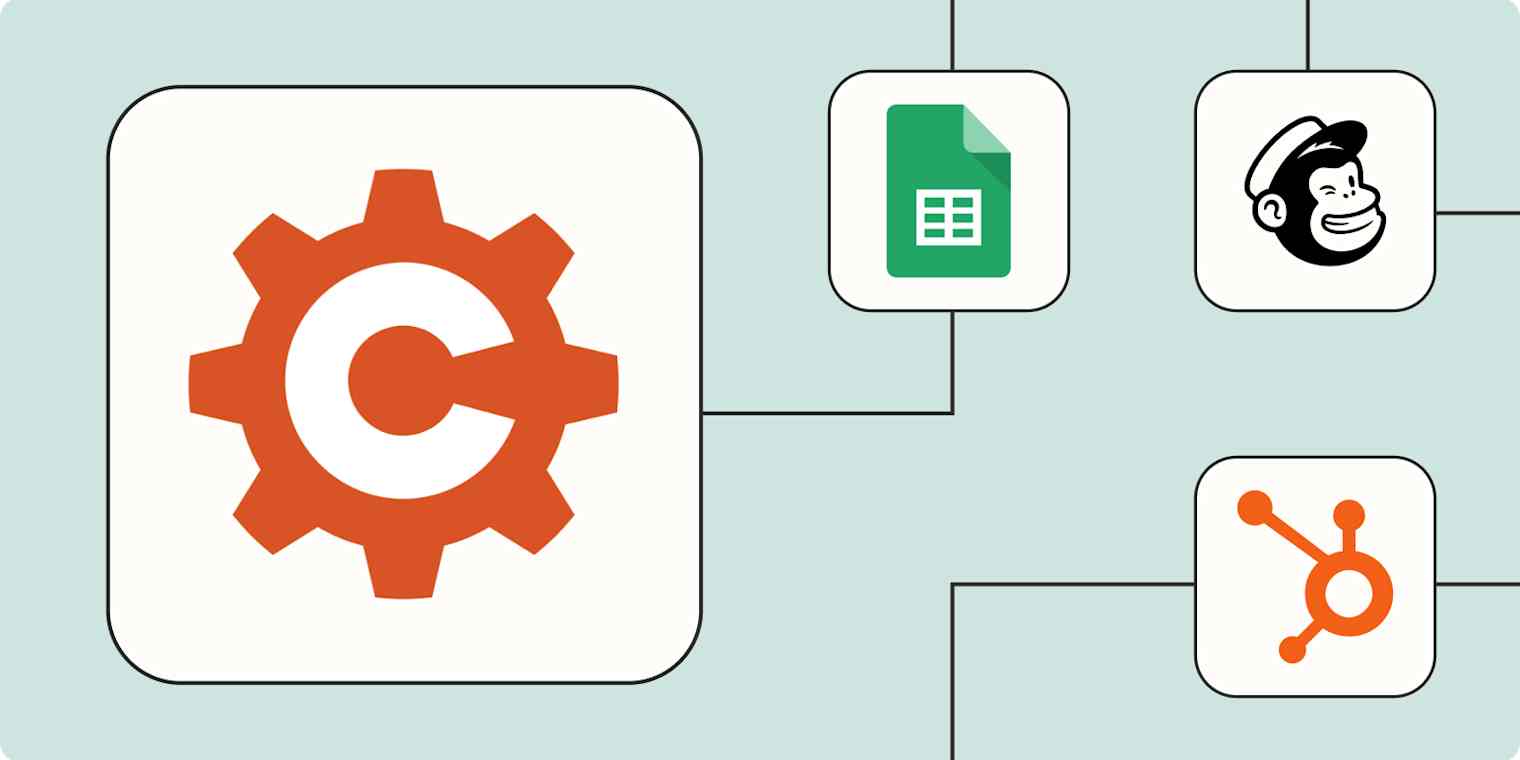Creating online forms has never been easier, thanks to tools like Cognito Forms. Whether you’re looking to gather feedback, collect payments, or manage registrations, Cognito Forms offers a user-friendly platform that simplifies the process. In this article, we’ll explore the ins and outs of Cognito Forms, from its features to tips for maximizing its potential.
Understanding Cognito Forms
Cognito Forms is an online form builder that allows users to create custom forms without needing any coding skills. It’s designed for individuals, businesses, and organizations that want to streamline data collection. The platform is intuitive, making it accessible for users of all skill levels. With a variety of templates and customization options, you can create forms that suit your specific needs.
One of the standout features of Cognito Forms is its drag-and-drop interface. This means you can easily add fields, rearrange them, and customize the look of your form with just a few clicks. Whether you need a simple contact form or a complex survey, Cognito Forms provides the tools to make it happen. Plus, the platform is mobile-friendly, ensuring that your forms look great on any device.
Key Features of Cognito Forms
Cognito Forms comes packed with features that enhance its functionality. One of the most notable is the ability to accept payments directly through your forms. This is particularly useful for businesses that need to collect fees for services or products. With integrations for payment processors like Stripe and PayPal, you can set up secure transactions in no time.
Another impressive feature is the conditional logic functionality. This allows you to create dynamic forms that change based on user responses. For example, if a user selects a specific option, you can show or hide certain fields, making the form more relevant to their needs. This not only improves user experience but also helps you gather more accurate data.
Getting Started with Cognito Forms
To get started with Cognito Forms, you first need to create an account. The sign-up process is straightforward, requiring only basic information. Once you’re in, you can start building your first form. The dashboard is user-friendly, guiding you through the process of creating and customizing your form.
When creating a form, you can choose from a variety of templates or start from scratch. Templates are a great way to save time, especially if you’re new to form building. After selecting a template, you can customize it by adding fields, changing colors, and adjusting settings to fit your brand. Don’t forget to preview your form to see how it will look to users before publishing it.
Customizing Your Forms
Customization is key when it comes to creating effective forms. Cognito Forms allows you to personalize your forms in several ways. You can change the layout, add images or logos, and even adjust the font styles to match your branding. This level of customization helps ensure that your forms are not only functional but also visually appealing.
Additionally, you can set up notifications to alert you when someone submits a form. This feature is particularly useful for managing responses in real-time. You can also integrate your forms with other tools, such as Google Sheets or Mailchimp, to streamline your workflow and keep all your data organized.
Advanced Features for Power Users
For those looking to take their form-building skills to the next level, Cognito Forms offers advanced features that can enhance your forms even further. One such feature is the ability to create multi-page forms. This is especially useful for longer surveys or applications, as it breaks the content into manageable sections, making it less overwhelming for users.
Another advanced feature is the ability to set up calculations within your forms. This means you can automatically calculate totals based on user inputs, which is great for order forms or quote requests. By leveraging these advanced features, you can create highly functional forms that cater to your specific needs.
Best Practices for Using Cognito Forms
To get the most out of Cognito Forms, it’s important to follow some best practices. First, always keep your forms concise. Users are more likely to complete shorter forms, so focus on asking only the essential questions. If you need more detailed information, consider breaking the form into multiple sections.
Another best practice is to test your forms before sharing them. This allows you to catch any errors or issues that could hinder user experience. Share the form with a few colleagues or friends to gather feedback and make necessary adjustments. This step can save you a lot of headaches down the line.
Integrating Cognito Forms with Other Tools
Cognito Forms offers a variety of integrations that can enhance its functionality. By connecting your forms with other tools, you can automate processes and improve efficiency. For example, integrating with email marketing platforms like Mailchimp allows you to automatically add new contacts to your mailing list when they submit a form.
You can also connect Cognito Forms with project management tools like Trello or Asana. This integration can help you manage tasks and projects more effectively by automatically creating tasks based on form submissions. The possibilities are endless, and exploring these integrations can significantly enhance your workflow.
Analyzing Form Responses
Once your forms are live, it’s crucial to analyze the responses you receive. Cognito Forms provides built-in analytics that allows you to track submissions and gather insights. You can view response summaries, export data to spreadsheets, and even create reports to visualize your data.
Understanding the data collected through your forms can help you make informed decisions. For instance, if you’re using a feedback form, analyzing the responses can reveal trends and areas for improvement. By leveraging this data, you can enhance your services and better meet the needs of your audience.
Conclusion
Cognito Forms is a powerful tool for anyone looking to create online forms quickly and efficiently. With its user-friendly interface, advanced features, and integration capabilities, it stands out as a top choice for form building. Whether you’re a small business owner, a nonprofit organization, or an individual, Cognito Forms can help you streamline your data collection process and improve user experience.
By following the tips and best practices outlined in this article, you can maximize the potential of Cognito Forms and create forms that not only look great but also serve your specific needs. So why wait? Start building your forms today and see the difference Cognito Forms can make!




